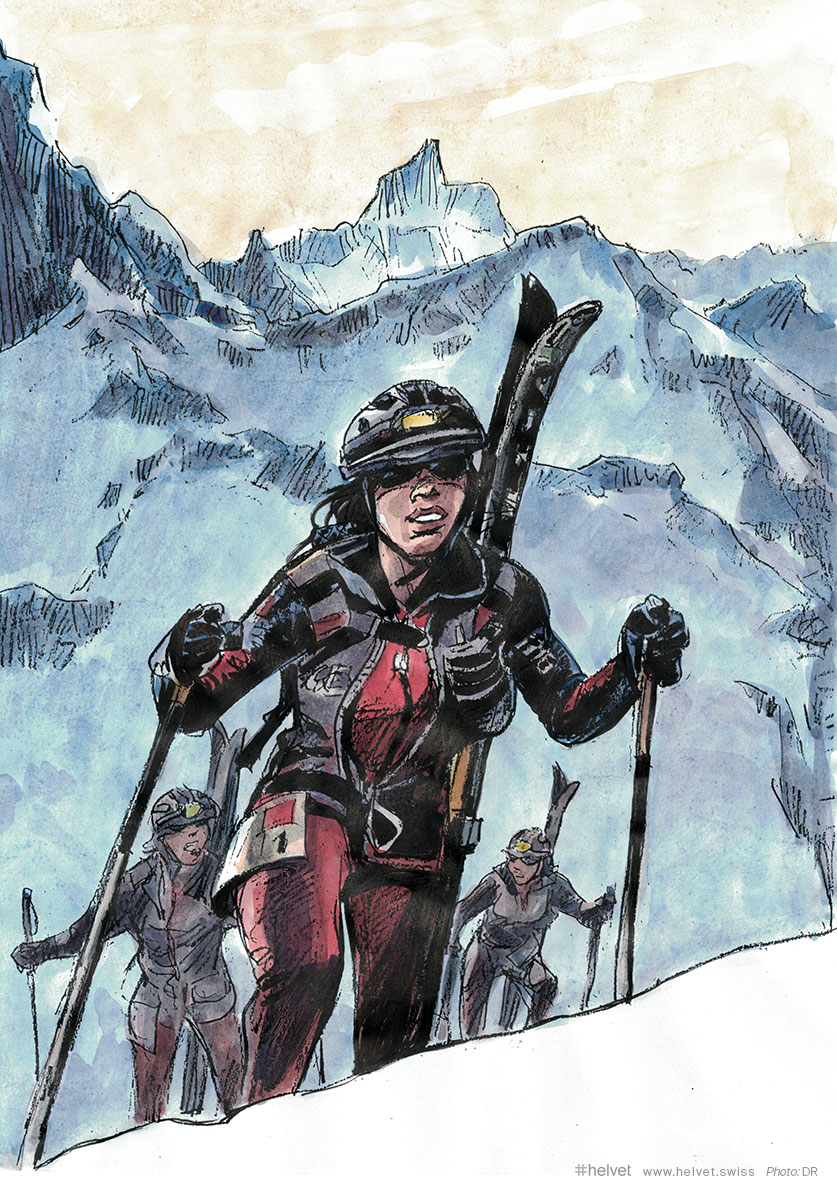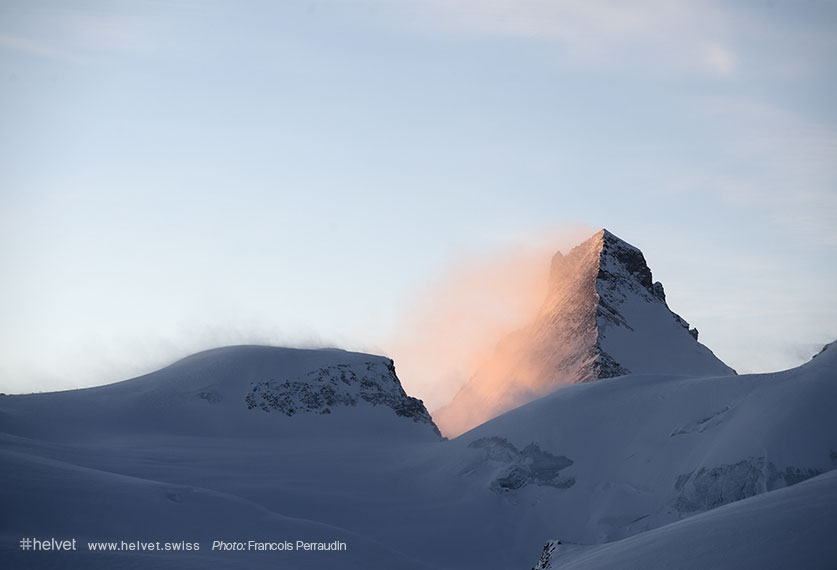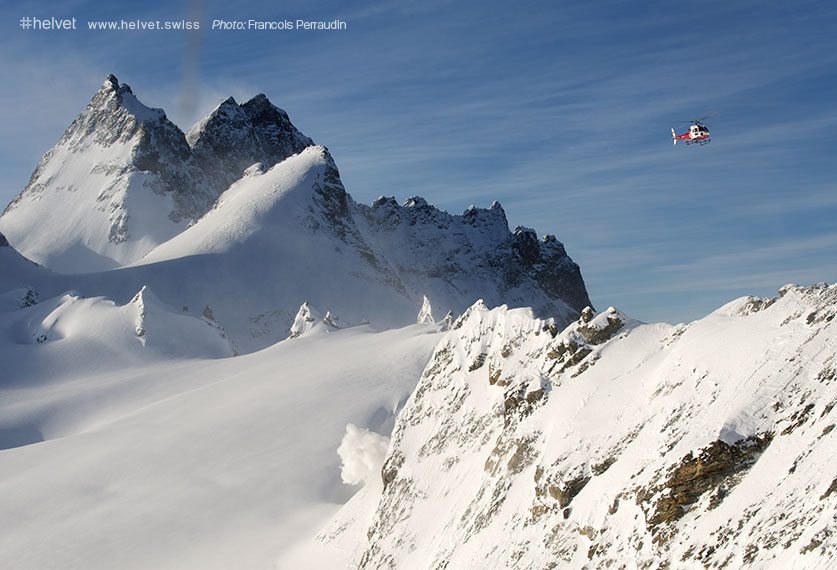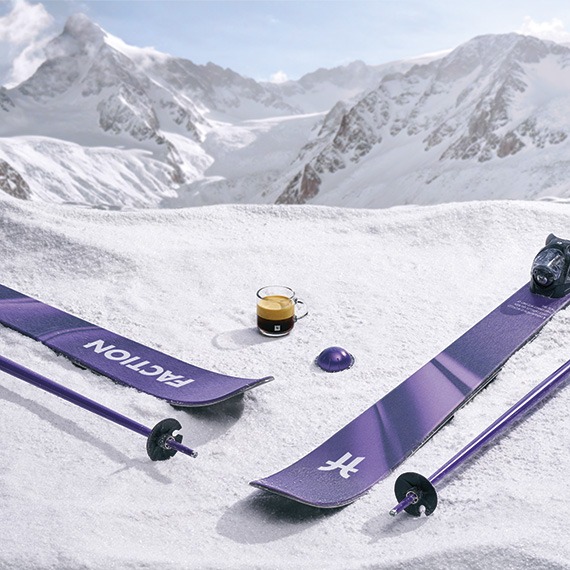
A superlative ski mountaineering event
Patrouille des Glaciers
When asked to describe the Patrouille des Glaciers, or PDG, “legendary” is the type of word which just rolls off the tongue. The next edition will take place on 17 to 21 April 2018. The biggest ski mountaineering race in Switzerland has become a benchmark for the discipline as a whole. So why has this gruelling challenge become so popular?
Its age
First organised in 1943 by the Swiss army, the PDG is one of the oldest ski mountaineering races in the world. At the time, it served to test the troops’ capacities. Since, it has become part of Switzerland’s cultural landscape. It was stopped in 1949 for a long time after three patrollers fell to their death in a crevasse, and started up again in 1984. Since then it has been held every two years and has become increasingly popular and there are now more candidates than places. The race is still organised by the Swiss army with its military precision.
Its difficulty
The course covers 53 km with an altitude gain of almost 4000 m, an effort equivalent to 110 km on the flat. As such, the PDG exceeds its two main rival races: the Pierra Menta, in Savoie, France and the Mezzalama Trophy held in the Aosta valley, Italy. “Technically, the PDG is difficult” considers Florent Troillet, who has won the race three times (twice on the long route, once on the shorter route). “The roped descent down the glacier from Tête Blanche and the 200 m climb to Rosablanche with your skis on your backpack are particularly tricky to negotiate.” And to have a hope of arriving among the first, or, even better, beating the record of 5 hours 52 minutes set by Florent Troillet and his teammates Martin Anthamatten and Yannick Ecoeur in 2010, you’ll need to have climbed at least 200,000 m in training.
The magic of the Alps
The PDG starts out at night, and winds its way between the 4000 m high Valais mountain peaks and crevasses. The race peaks at 3,800 m. It’s very high altitude, with the panorama that goes with it: summits, sweeping snow-covered slopes, glaciers, the Berthold refuge, and the Grande Dixence Dam. Not forgetting that it starts and finishes in two of Switzerland’s most famous resorts, Zermatt and Verbier, setting off from one of the mountaineering capitals of the world and arriving in one of the Alps’ most outstanding freeride spots…
Its unique nature
The PDG is unique in that it is undertaken in teams of three. That means you have to know your team mates inside out, and be able to progress together. Despite the competitive edge, there’s a strong community spirit among the patrollers. The event is open to all – both elite athletes and common mortals alike – and as a matter of principle, there’s no prize money on offer for the winners.




















